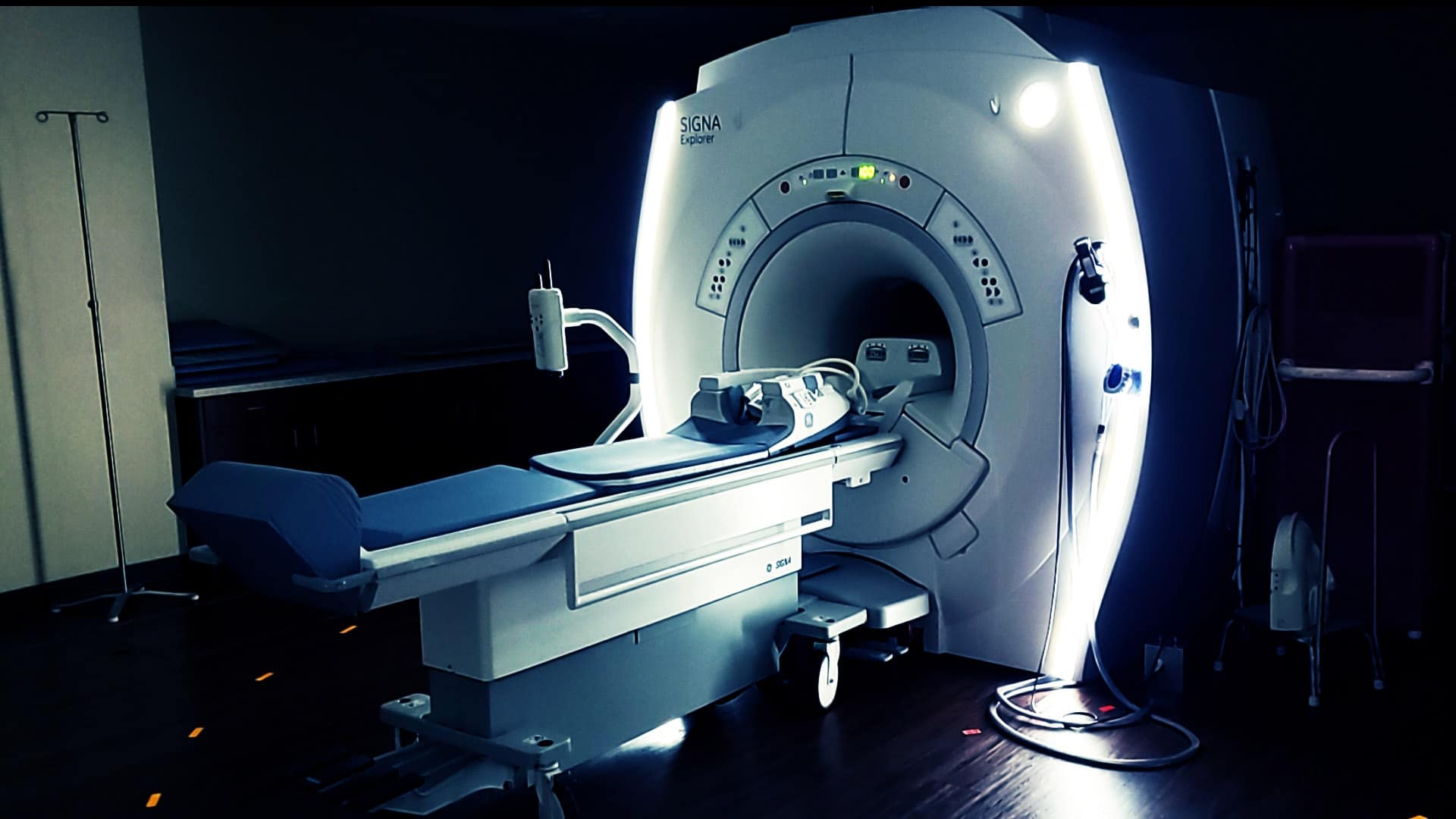

Let’s uncover why we opt for imaging your spine and how each method serves its unique purpose.
X-rays:
We’ll kick things off with X-rays. These are among the oldest and most prevalent forms of medical imaging. X-rays utilize electromagnetic radiation to capture images primarily of your bones. Unlike MRIs, which use magnets and radio waves, X-rays penetrate the body, with denser tissues such as bones appearing white due to higher absorption rates.
In chiropractic imaging, we request a higher speed of radiation, ensuring safer exposure levels by focusing solely on bone structures. This approach minimizes radiation exposure, making it a safer option for patients. To put it in perspective, a typical chest X-ray exposes you to the same radiation as about 10 days of background radiation.
However, X-rays have limitations. They aren’t as effective in imaging soft tissues like muscles and ligaments, which is why we may recommend MRIs if we suspect soft tissue injuries.
MRIs:
Now, let’s turn our attention to MRIs. These utilize powerful magnets and radio waves to generate detailed images of internal structures without using radiation. MRIs excel at visualizing soft tissues, making them invaluable for diagnosing conditions involving muscles, ligaments, spinal discs, and organs.
They’re particularly useful for detecting herniated discs, tumors, infections, and conditions like multiple sclerosis. However, MRIs are more expensive and less accessible than X-rays. Plus, the procedure can be lengthy, requiring patients to remain still inside a confined machine.
Choosing Between X-rays and MRIs:
In most cases, we opt for X-rays first due to their cost-effectiveness and effectiveness in detecting bone-related issues. Additionally, X-rays can be done in a weight-bearing position, allowing us to assess the impact of gravity on your spine and detect postural subluxations.
However, if we suspect soft tissue injuries or need more detailed imaging, we may recommend an MRI. It’s crucial to note that both imaging methods are vital diagnostic tools, each with its own strengths and limitations.
Ultimately, our goal is to provide you with the most accurate diagnosis and tailored treatment plan. Whether we choose X-rays or MRIs, it’s because we have significant concerns about your health, and the information we gain will guide us in delivering effective and safe solutions for you.
So, the next time you’re advised to undergo imaging, rest assured that it’s all in the pursuit of your well-being. We’re here to ensure you receive the best care possible, every step of the way.
